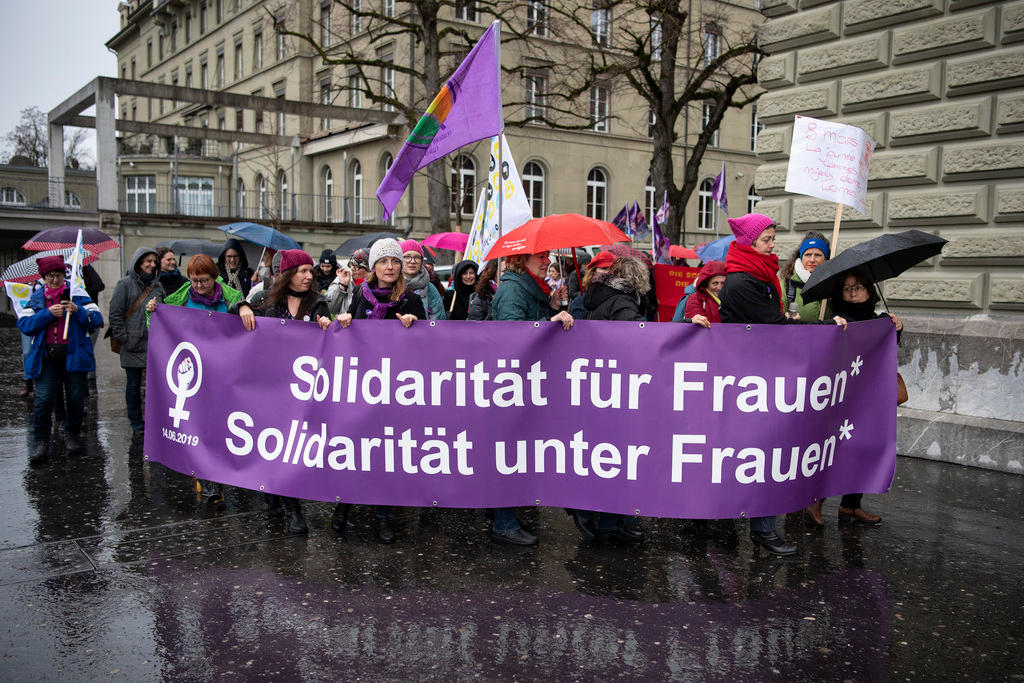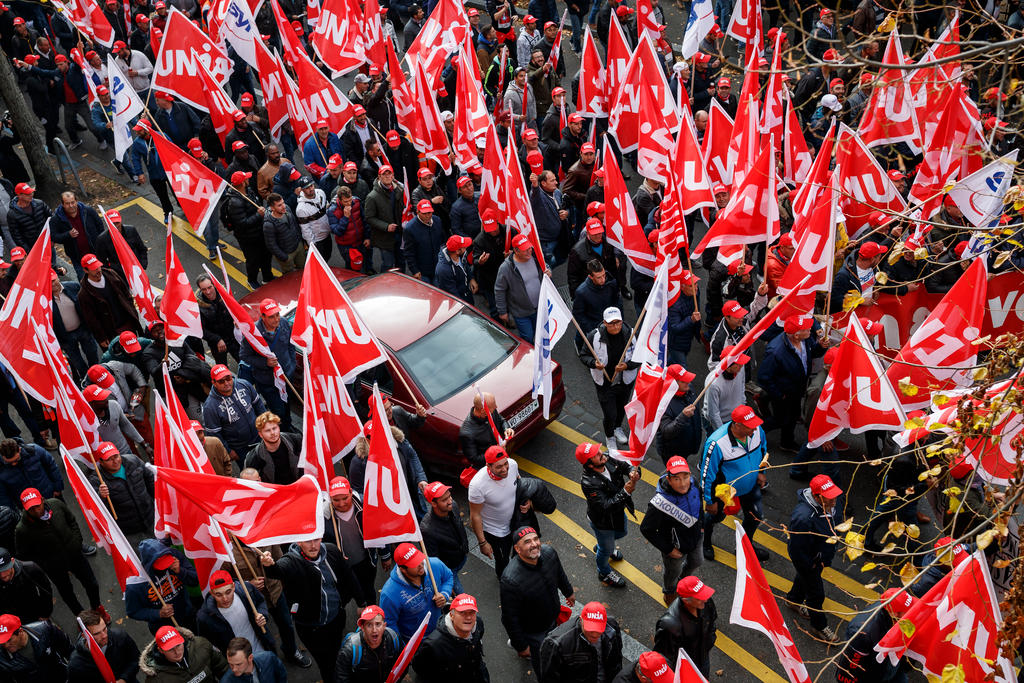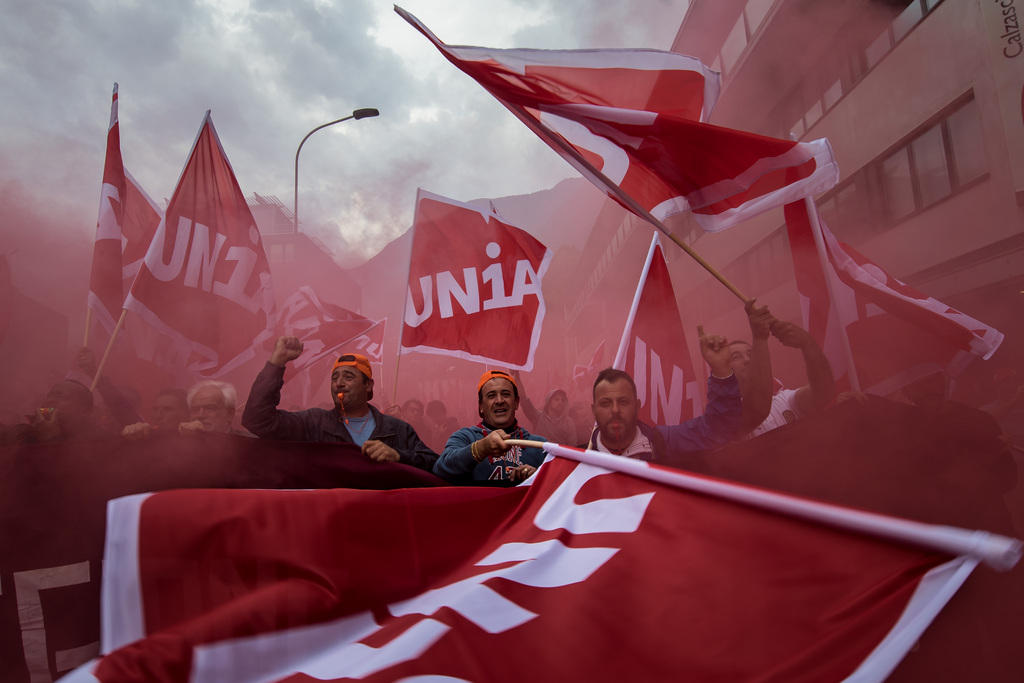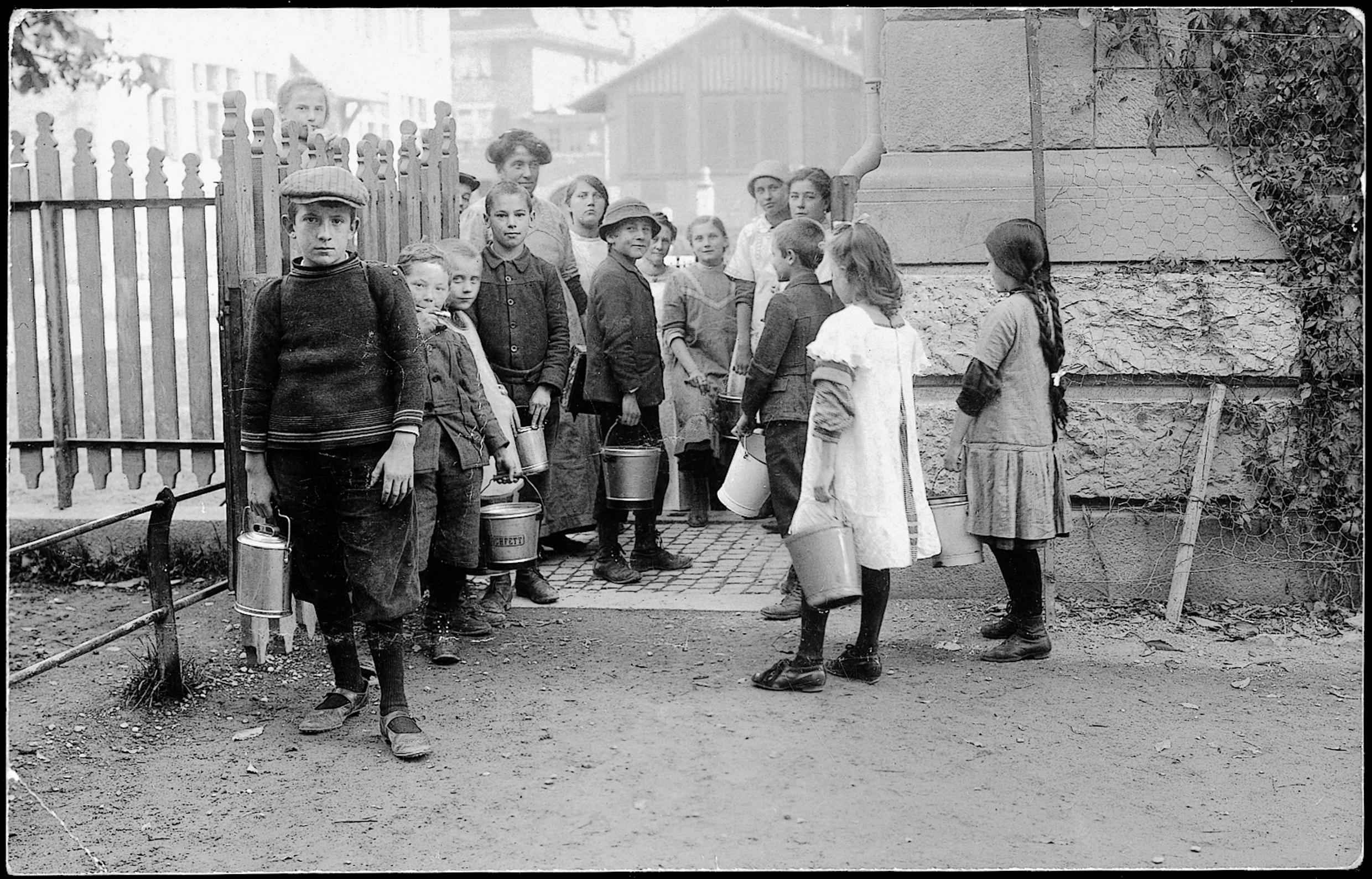Why demonstrate on May 1?

May 1 has for 130 years been a day for workers' rights and social justice. Times have changed, but there are still workers' demands.
In many countries May 1 is Labour Day. It is marked by numerous trade union demonstrations demanding the maintenance and strengthening of social achievements. Rallies are planned throughout Switzerland.
What’s new?
- May 1, 2019: various trade unions are organising more than 60 eventsExternal link across Switzerland. These include parades, speeches, debates, film projections, meals and concerts. This year’s campaign is for higher wages, gender equality, and a cap on rises in health insurance premiums.
- May 1, 2018: thousands of people demonstrated in Switzerland demanding that equal pay for men and women finally become a reality. The biggest was in Zurich, where 13,000 people took to the streets. This video from French-language public broadcaster RTS shows May 1 protests around the world:
- What is the origin of the May 1 demonstrations?
It dates back to the workers’ struggles of the late 19th century. On May 1, 1886External link, tens of thousands of workers in the United States went on strike demanding shorter working hours. The date was chosen by the American Federation of Labor because it was the first day of the accounting year for companies. On May 3, police opened fire on a group of strikers at the McCormick factories in Chicago, killing three people. A big protest rally was organised the following day. A bomb exploded among the ranks of the police, who opened fire on the crowd. Dozens of people were killed and hundreds injured. Eight people considered to be anarchists were arrested and four of them were hanged. But the people behind the bomb were never uncovered.
The International Socialist Conference meeting in Paris in 1889 decided to commemorate the event by proclaiming every May Day International Workers’ Day.
- Since when has May 1 been celebrated in Switzerland?
Since 1890External link, Switzerland is one of the few countries where this tradition has continued uninterrupted. Traditionally, workers paraded through the streets to a band, carrying banners with their demands. Then there were official speeches, sometimes a vote on resolutions and then a part dedicated to entertainment.
- Is May 1 a public holiday?
In Switzerland, May 1 is not a national public holiday, but several cantons have made it a holiday: Basel City, Basel Country, Jura, Neuchâtel, Ticino, Solothurn (afternoon), Schaffhausen, Aargau, Thurgau, Zurich.
May 1 is considered as an official public holiday by the European UnionExternal link and a big majority of its member states. International Workers’ Day is celebrated in many countries on all continents.
- What purpose does it serve?
The struggle of workers all over the world since the 19th century has led to many social achievements: limitation of daily and weekly working time, mandatory rest days, paid holidays, pension rights, unemployment insurance, etc. May 1 is the occasion to celebrate this history, to denounce dysfunctions and demand new advances. Today’s demands often concern equal pay for men and women, pension security and wage stability.

In compliance with the JTI standards
More: SWI swissinfo.ch certified by the Journalism Trust Initiative





You can find an overview of ongoing debates with our journalists here. Please join us!
If you want to start a conversation about a topic raised in this article or want to report factual errors, email us at english@swissinfo.ch.